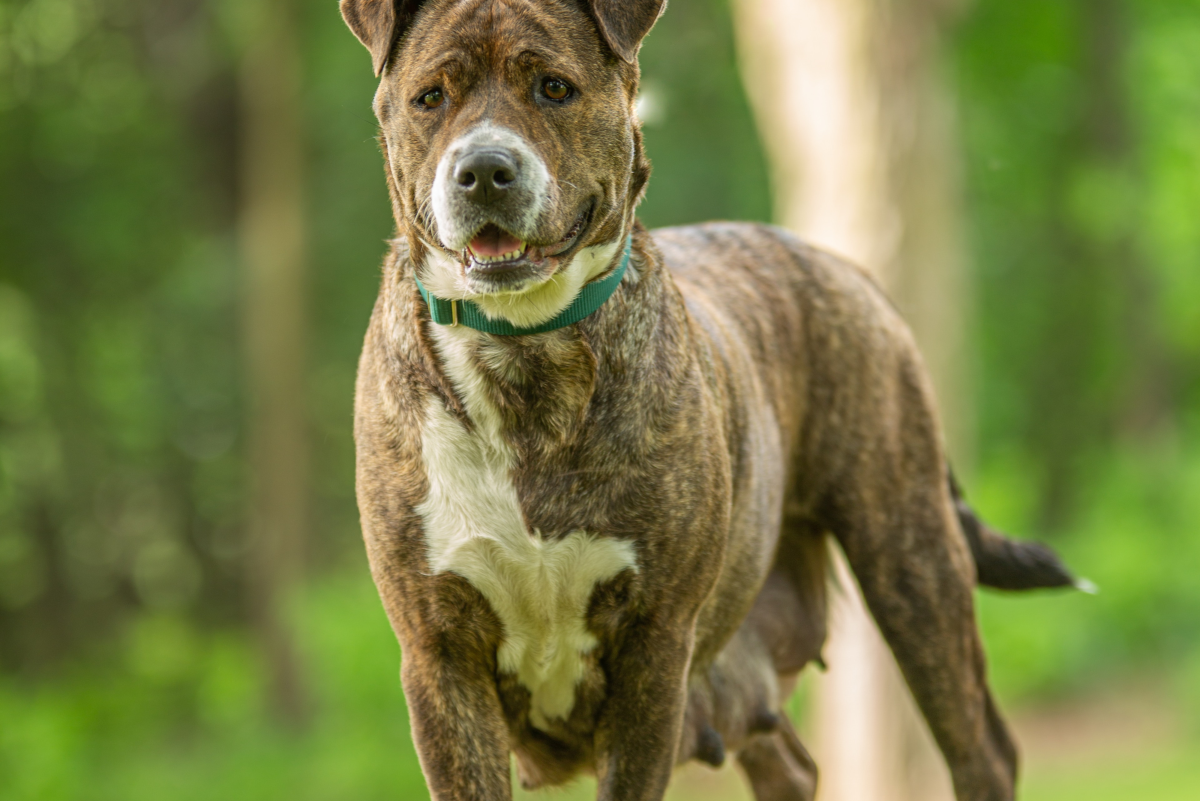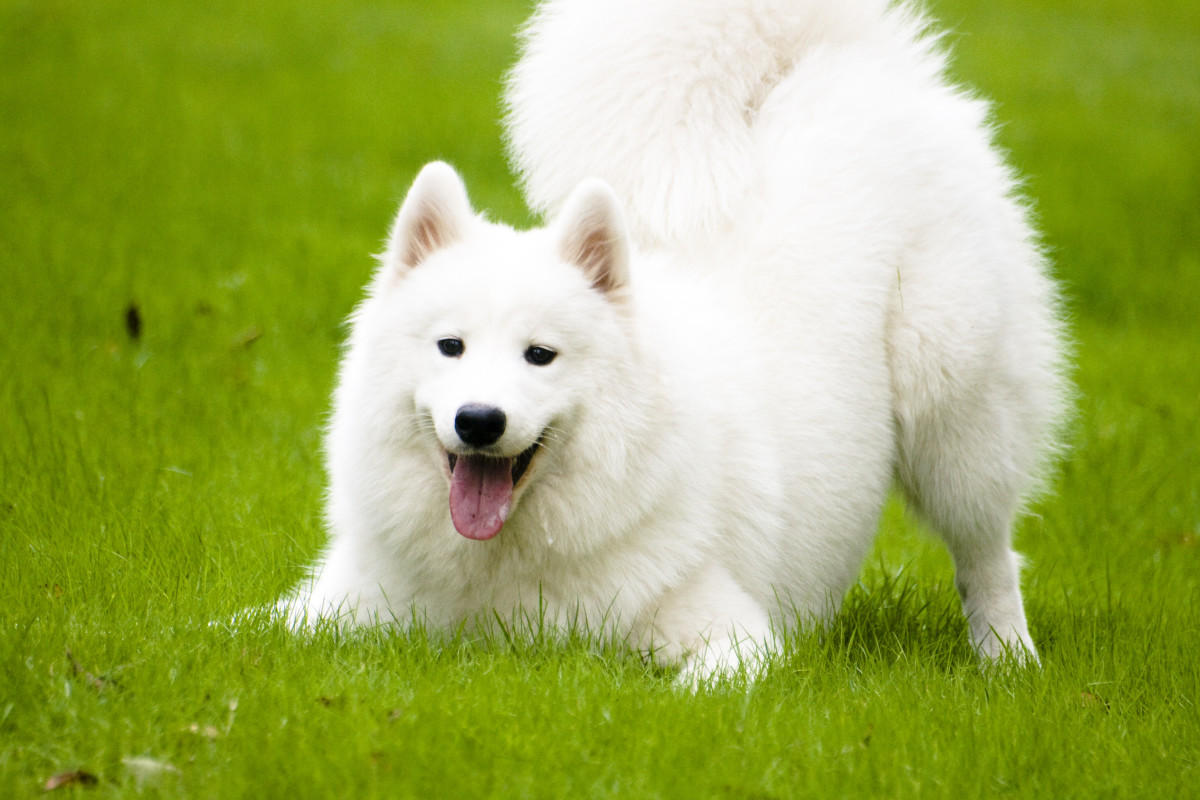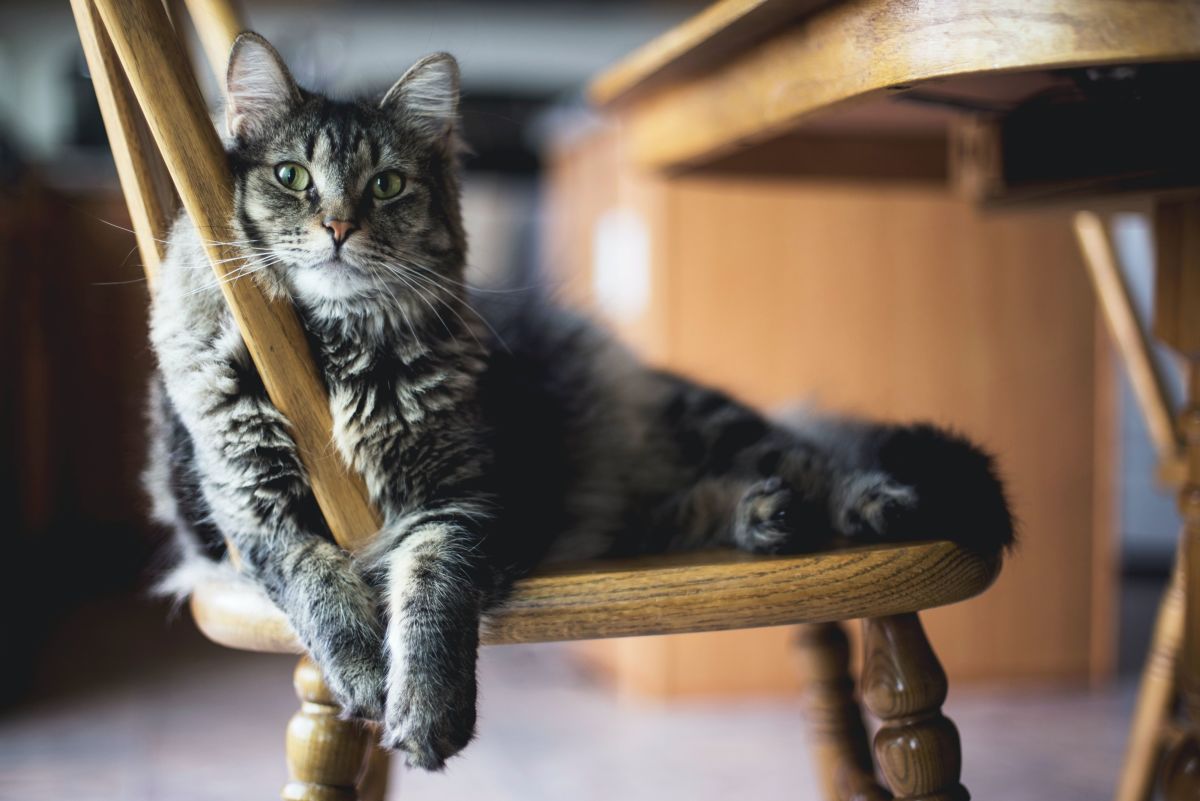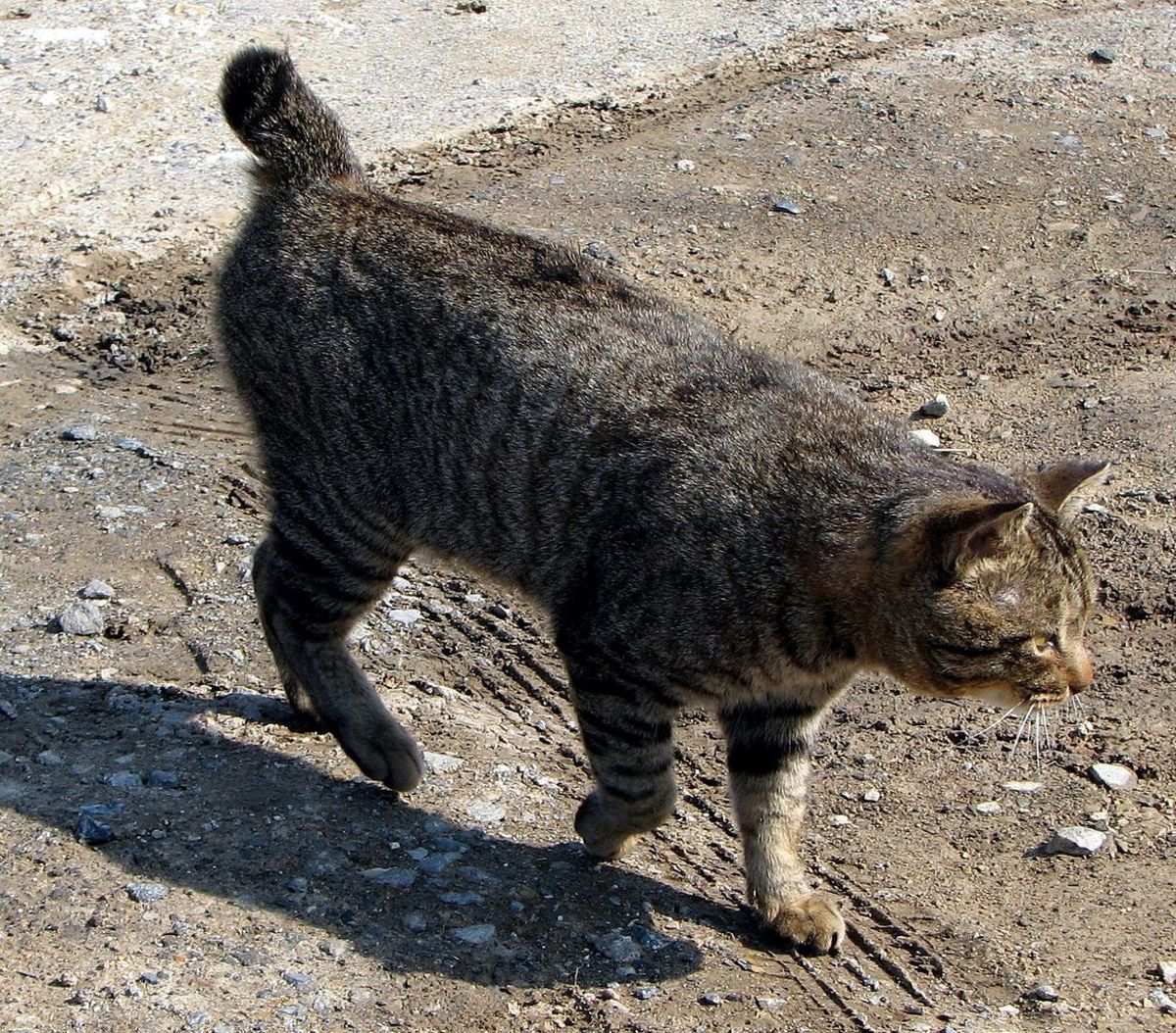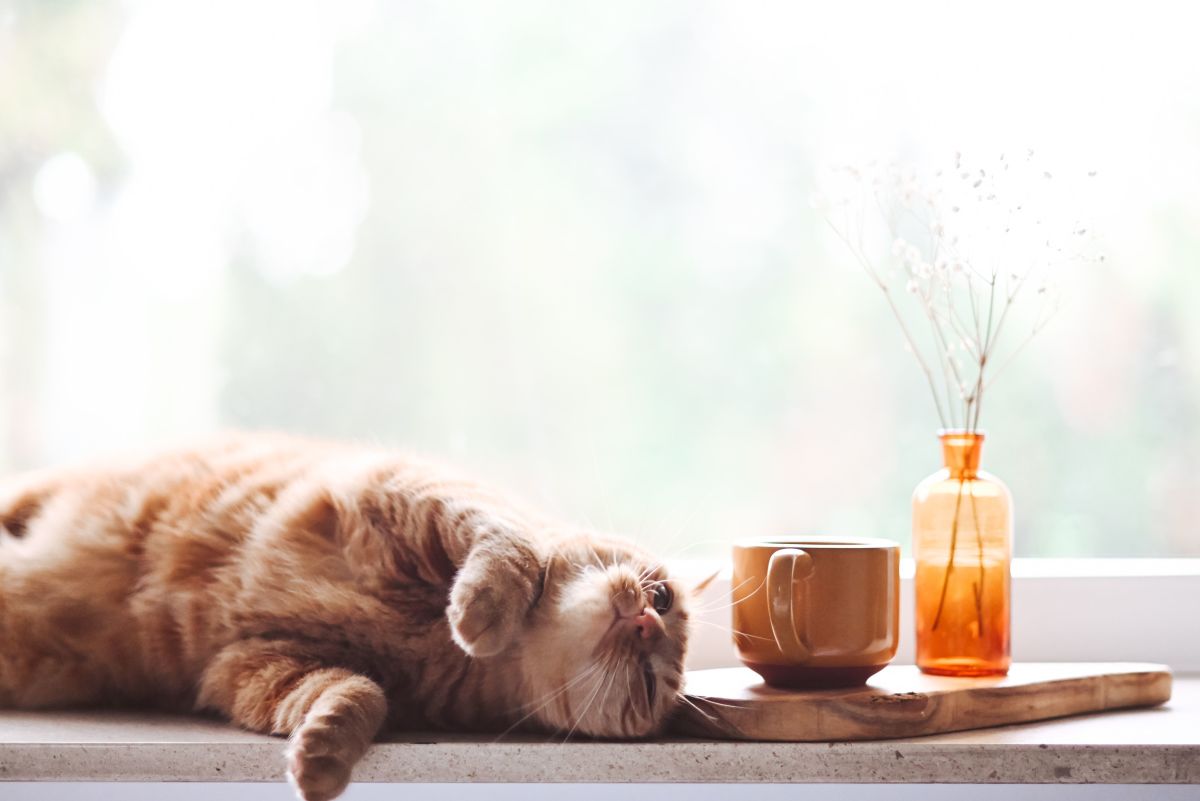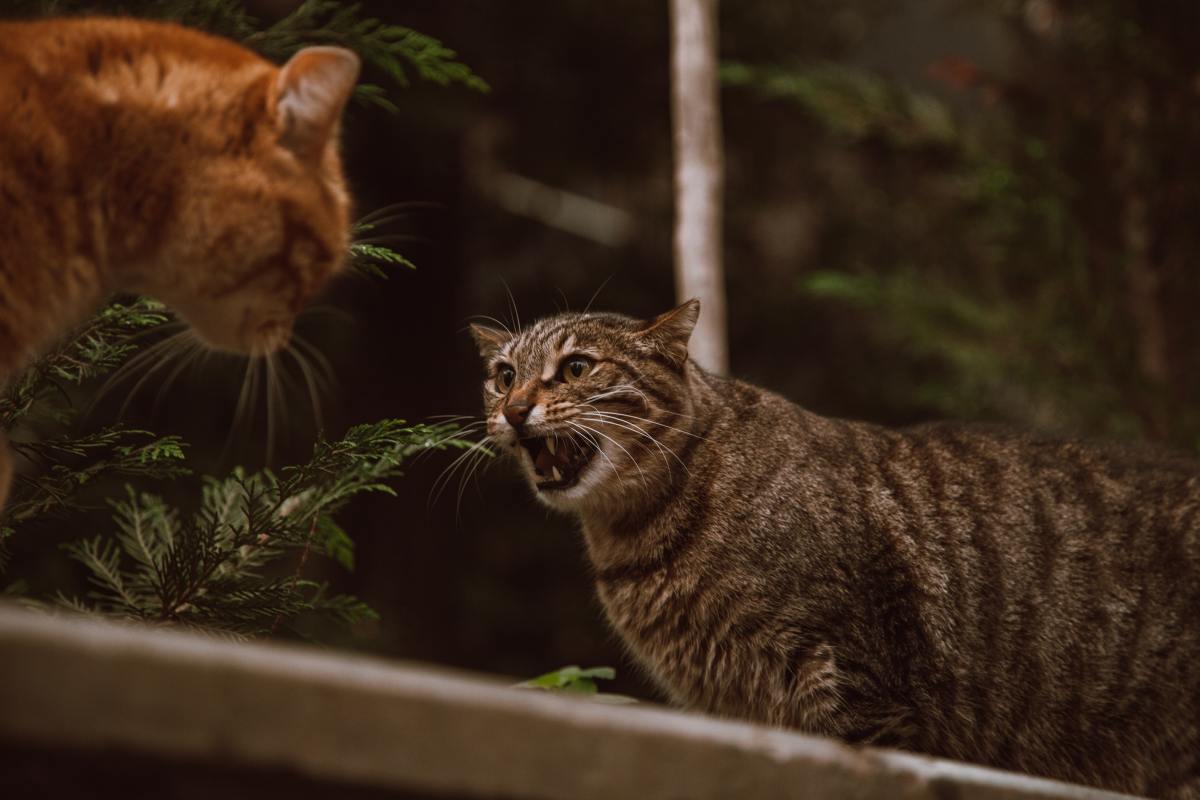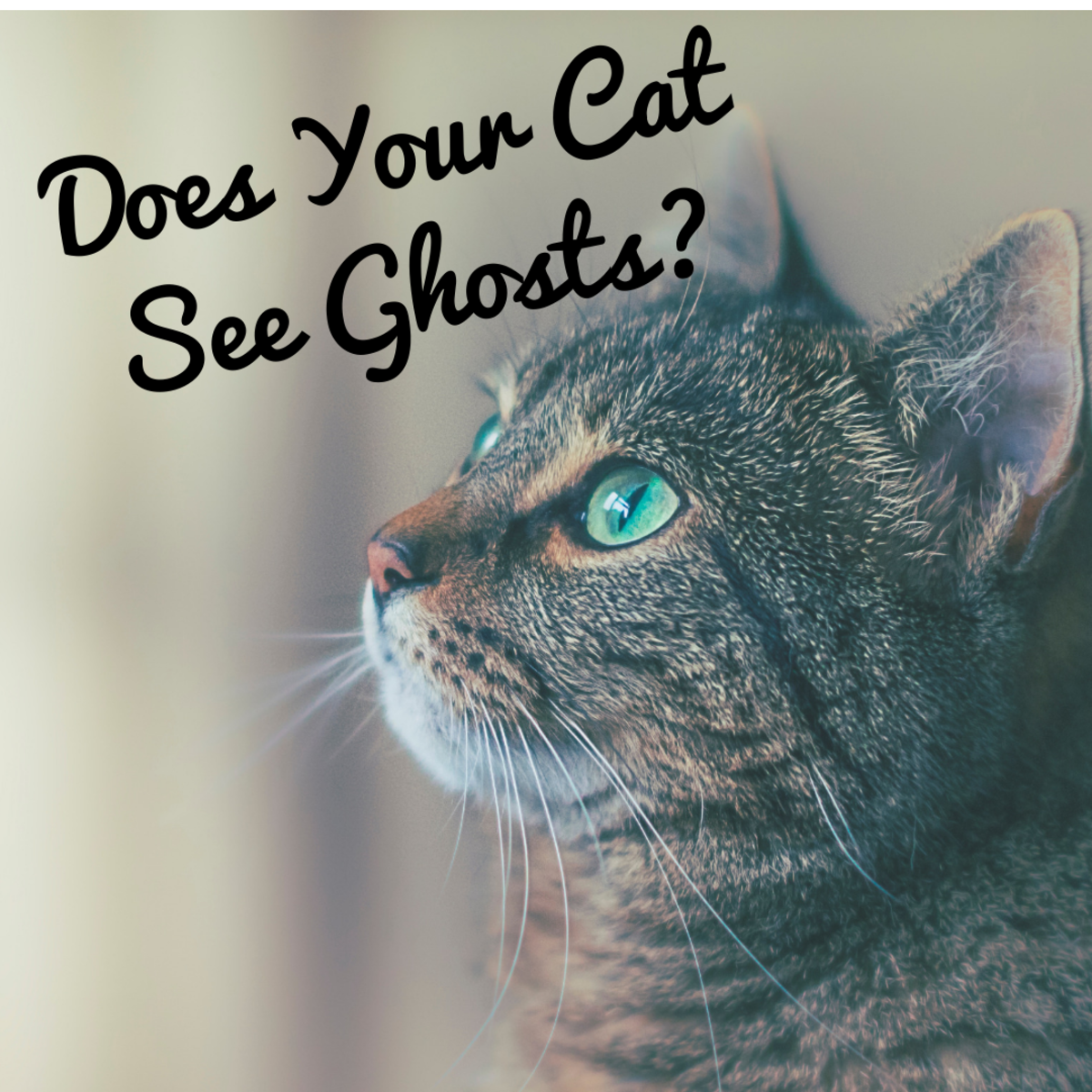- HubPages»
- Pets and Animals»
- Cats & Cat Breeds»
- Cat Behavior
How To Speak Fluent Cat
Catspeak For Beginners
Often, when learning a new language, the lesson plan begins with popular foods and how to order them. This is also true of catspeak. Your cat's views on food may be among the first thoughts they try to express.
When your cat is sitting in front of an empty food bowl meowing at you, it's fairly simple to translate their thoughts. But what if the bowl is not empty? There are a few answers to this question. Cats are creatures of habit, and if you have recently changed to a different flavor, or brand of food, they may protest. I have found that the best way to make a change in food is to mix increasing amounts of the new food into the old. It may take a week or two to make the transition, but there are fewer protests along the way.
Is the food fresh? You may be tempted to take advantage of the value of a twenty pound bag of dry food, but unless you have several cats, you may be throwing away a lot of food. You probably wouldn't think of eating something that has been sitting around for a month or two, and the same is likely true of your cat.
Cats prefer their food to be at room temperature. If you are using canned food, it's fine to keep the unused portion in the refrigerator, but you should warm it a bit before serving.
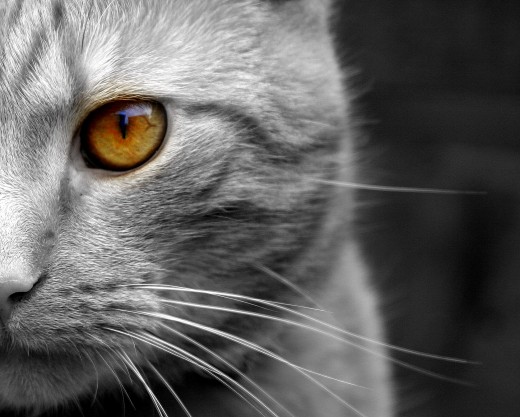
Windows To The Soul
A cat's eyes often seem cold, or analytical. With some breeds, they seem to look straight through you. But if you know what to look for, their eyes are very expressive. Cats speak to each other, and to us with various eye movements. If, for example, your cat enters a room and gives you a couple of quick blinks, it is a friendly greeting. He just saying "HI". If he looks at you and gives you a slow blink, this is generally regarded as a sign of affection. Try blinking at your feline, and he may surprise you with a response. When I first read about this, I thought it was crazy. The first time I got a response, I thought it was a coincidence. The second time it happened, it gave me a little chill to think that I had actually expressed a thought in Cattish. I still give her a slow blink from time to time, and she usually responds. I also return her "hello" blinks.
Once I learned this secret, my cat became much more responsive. She even comes to me when I call her. If you have lived with cats, you know that is not typical. If you don't know this trick, you may consider yourself lucky to get a disinterested glance.
Cats' Body Language
As with people, you can tell a lot about what animals are thinking through body language. The classic arched back, puffy tail stance is one that everybody knows.But what else can we learn by watching our cats' body language?
Take note of your cat's ears in different situations. They can tell you much. If their ears are pointed forward, they are very interested in what is happening. If, on the other hand, they are pulled back, or down, they are disinterested, annoyed or angry, depending on the situation. The ears back posture is thought to be the equivalent of a frown in humans.
Kneading is a sure sign of a content cat. Also called milking, this is how kittens coax milk from their mother. This behavior is continued into adulthood to indicate happiness. You may find them kneading your arm or leg, or their favorite sleeping spot. Researchers also believe this brings great pleasure to the cat.
Head rubbing = love. Cats have scent glands on their cheeks. If yours is rubbing his head or face on you, it is a sign of affection. It also serves to mark you as his property.
Other affectionate gestures. Licking is a form of grooming that cats often share with their companions. Gentle, playful bites are also signs of affection. Purring can be a sign that they are enjoying your company, but not always. More on this, later.
The Tell-Tale Tail
As with dogs, a cat's tail can express many moods. Curling of the tail, similar to a question mark, may mean that he is happy to see you. Flicking or swishing the tail usually shows annoyance. For my own cat, gently swishing just the end of her tail means she's a happy cat. Walking with her tail up, and swishing means she's happy and confident, while walking with her tail down means "Leave me alone".
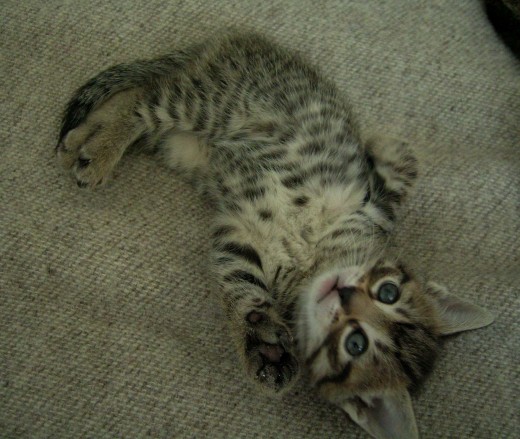
Sunny Side Up!
When cats flop on their backs, they are not inviting you to rub their belly. Although they may enjoy a nice belly rub, the message they are conveying is submission. They don't submit easily, or because they think they have to. If they choose to submit in this fashion, it is the ultimate sign of trust! You can be content in the knowledge that they have accepted you as their master and companion. It says that they are completely relaxed in your presence.
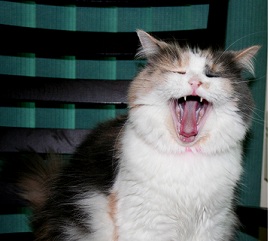
Vocalizing In Cats
It is thought that cats communicate verbally with us, and each other. There are even websites that try to explain the meanings of various vocalizations. Having owned several cats, I believe this to be true, but I tend to think they develop their own language, specific to the people and animals with whom they live and interact.
If you ask a cat if he's hungry, and then feed him, he may not recognize the real world meaning of the words, but he will eventually come to associate them with food. He may answer vocally, or simply go to the food dish and wait for you.
My cat is very familiar with the word "up". Using it as a one word question usually results in a meow, after which she stands up and waits for someone to lift her into their lap.
The silent meow. One thing that seems common to many cats is the silent meow. Usually this is an expression of affection or gratitude.
Purring may not mean what you think. Purring has been found to mean different things, depending on the situation. Basically, purring shows extremes of emotions. It can mean happiness, annoyance, fear, or that your cat is feeling ill.
Sudden Changes In Cat Behavior
Cats will always let you know when something is wrong. If you pay attention, you can usually gauge your cat's mood by subtle behavior changes. Watch out for drastic changes, though. A sudden, dramatic change in behavior could indicate a health problem.
Create Your Own Catspeak Dialect
Once you realize that your kitty is trying to talk to you, you can learn a lot by simply watching and listening. If you respond with actions or words (or sounds), eventually you will have some form of understanding between you. You will have created your own personal dialect of Catspeak. You may not engage in long, philosophical discussions, but you will know the mood, feeling or desire she is trying to get across. And, perhaps, your cat will be appreciative that you have decided to elevate yourself to her level by learning the language.

